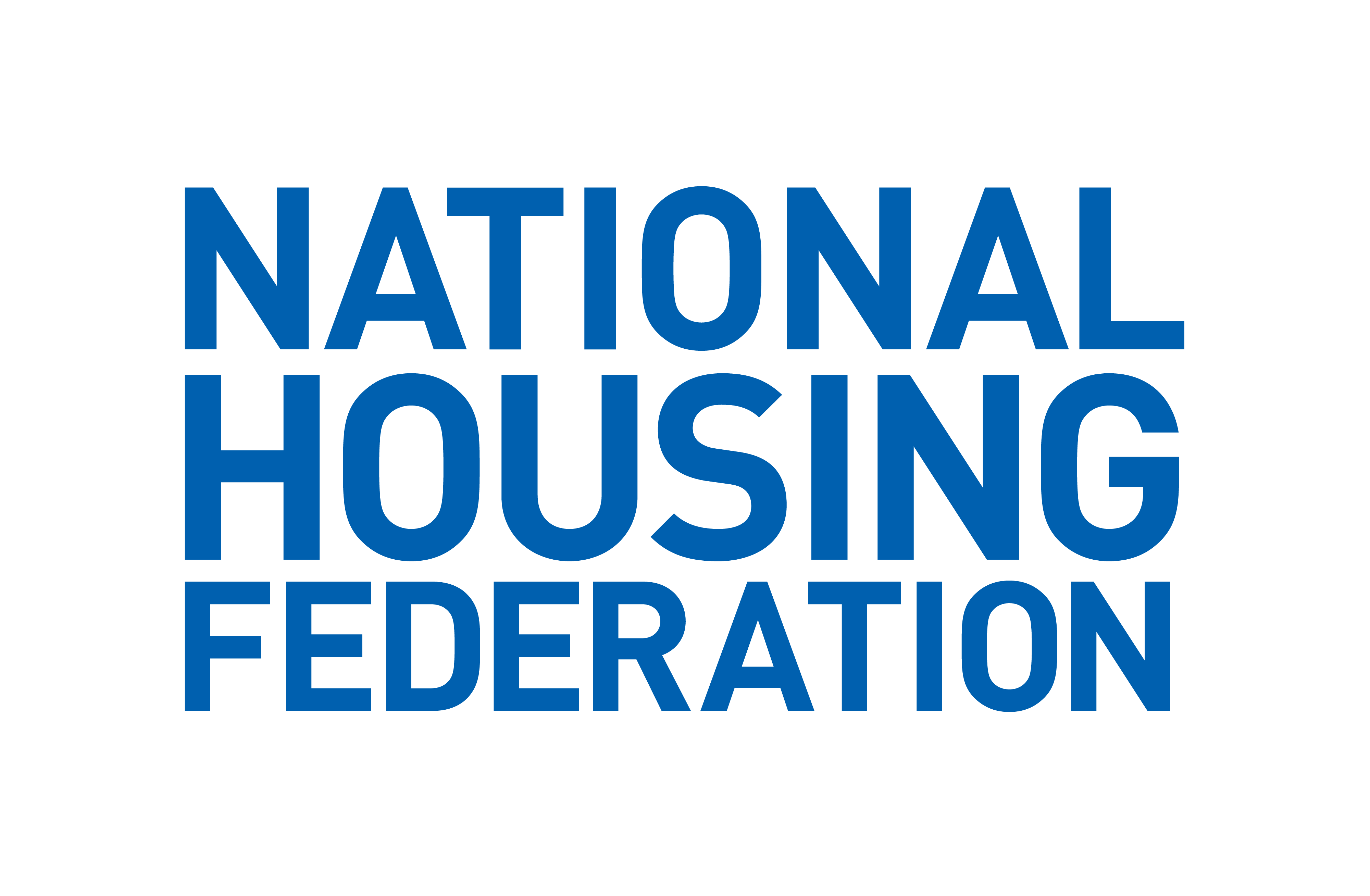Report on the Global Cloud Infrastructure Outage and its Implications for Sustainable Development Goals
1.0 Executive Summary
A significant technical failure originating from Amazon Web Services’ (AWS) ‘us-east-1’ region resulted in a widespread outage of critical digital services. This event underscores the systemic risks posed by the concentration of power in the cloud computing industry, directly impacting the progress of several Sustainable Development Goals (SDGs). The incident highlights an urgent need for diversified, resilient, and accountable digital infrastructure to support global development objectives. This report analyzes the outage’s impact on key SDGs and proposes a framework for building a more sustainable digital ecosystem.
2.0 Impact Assessment on Sustainable Development Goals (SDGs)
The outage demonstrates the fragility of global digital infrastructure and its direct consequences for the 2030 Agenda for Sustainable Development. The reliance on a small number of hyperscale cloud providers creates a single point of failure that jeopardizes multiple goals.
2.1 SDG 9: Industry, Innovation, and Infrastructure
The event represents a failure to build resilient infrastructure, a core target of SDG 9. The dependency of countless industries on a single provider led to a cascading collapse of services, revealing a lack of resilience and diversification.
- Disruption of Economic Activity: Services from banking (Lloyds Bank) to digital commerce were crippled, hindering economic productivity (Target 8.2).
- Infrastructure Vulnerability: The outage exposed the vulnerability of the digital infrastructure that underpins modern economies and societies (Target 9.1).
- Stifled Innovation: The reliance on centralized platforms limits the growth of a diverse and competitive ecosystem of alternative, sustainable infrastructure solutions.
2.2 SDG 16: Peace, Justice, and Strong Institutions
The concentration of infrastructural power undermines the development of effective, accountable, and transparent institutions.
- Erosion of Access to Information: Media outlets became inaccessible, impeding the public’s right to access information and threatening press freedom (Target 16.10).
- Compromised Public Services: The failure of government services demonstrates how centralized infrastructure can weaken institutional capacity and public trust (Target 16.6).
- Threats to Secure Communication: The outage of encrypted services like Signal highlights a vulnerability for human rights defenders, journalists, and citizens who rely on secure channels for communication, which is essential for just and peaceful societies.
2.3 SDG 11: Sustainable Cities and Communities
The stability of urban and community services is increasingly tied to digital infrastructure. The outage revealed risks to community resilience and safety.
- Failure of Critical Services: The disruption of services essential for daily life, potentially including emergency response systems reliant on cloud infrastructure, compromises community safety (Target 11.5).
- Digital Exclusion: Such outages disproportionately affect communities that rely on digital platforms for access to essential services, exacerbating inequalities (Target 10.2).
3.0 Analysis of Governance and Systemic Failures
3.1 The Paradox of Open Systems on Closed Infrastructure
A significant governance failure is the dependency of open-source and public-interest projects (e.g., Wikipedia, Signal) on proprietary, centralized commercial clouds. While these projects promote democratic values, their operational foundation is subject to the vulnerabilities and unilateral control of a few corporate entities. This paradox creates a systemic risk, relocating vulnerability from the application layer to the unaccountable infrastructure layer, thereby hindering progress towards SDG 16 and SDG 17 (Partnerships for the Goals).
3.2 Concentration of Power as a Barrier to Sustainability
The current market structure, dominated by AWS, Google, and Microsoft, is fundamentally at odds with the principles of resilience and sustainability. This oligopoly has the power to control access to information and shape the digital economy with minimal public accountability. This concentration of power is a structural barrier to achieving an inclusive and equitable digital future as envisioned by the SDGs.
4.0 Recommendations for Building Resilient and Sustainable Digital Infrastructure
To mitigate these risks and align digital infrastructure with the SDGs, a multi-stakeholder approach involving regulation, investment, and a fundamental rethinking of the current model is required.
4.1 Immediate Policy and Regulatory Interventions
- Enforce Accountability Frameworks: Implement and adapt regulations like the Digital Markets Act (DMA) to address the systemic power of hyperscale cloud providers and enforce interoperability standards.
- Mandate Dependency Assessments: Require public institutions and critical service providers to conduct comprehensive mapping of their cloud dependencies and enforce diversification strategies to enhance resilience (aligns with SDG 9 and SDG 16).
- Establish Human Rights Safeguards: Develop frameworks to assess the human rights implications of cloud providers’ operational and content moderation decisions.
4.2 Long-Term Strategic Vision
- Invest in Public and Distributed Alternatives: Redirect public procurement and investment towards developing alternative, distributed, and community-owned cloud infrastructures, such as public cooperatives and modular cloud systems (aligns with SDG 9 and SDG 17).
- Promote a Regenerative Model: Challenge the extractive logic of the current cloud model by supporting infrastructures rooted in community needs, environmental sustainability, and democratic governance.
- Foster Multi-Stakeholder Collaboration: Encourage partnerships between civil society, academia, governments, and the private sector to build an entirely different infrastructure model that is resilient, equitable, and fundamentally supportive of the Sustainable Development Goals.
Analysis of Sustainable Development Goals in the Article
1. Which SDGs are addressed or connected to the issues highlighted in the article?
-
SDG 9: Industry, Innovation and Infrastructure
- The article’s central theme is the failure of digital infrastructure, specifically cloud computing services provided by Amazon Web Services (AWS). It highlights the lack of resilience in this critical infrastructure, which affects hundreds of applications, government services, and businesses. The text directly discusses the need for “distributed infrastructure,” “diversification in cloud computing,” and building “resilient” systems, which are core components of SDG 9.
-
SDG 16: Peace, Justice and Strong Institutions
- The article explicitly frames the infrastructure outage as a “democratic failure.” It points out that when cloud providers fail, “Media outlets become inaccessible, secure communication apps like Signal stop functioning,” which undermines public access to information and fundamental freedoms. The call for “real accountability frameworks” for cloud giants and criticism of their “unilateral power” over information access directly relate to building accountable and transparent institutions.
-
SDG 8: Decent Work and Economic Growth
- The outage had significant economic consequences, taking services from “Snapchat and Signal to Fortnite and Lloyds Bank” offline. The article notes that cloud infrastructure is the “essential ‘production environment’ it has become for the global digital economy.” The disruption of these services represents a direct hit to economic productivity and highlights how over-reliance on a non-diversified infrastructure can hinder economic growth.
-
SDG 11: Sustainable Cities and Communities
- The article mentions that “a range of British government services were crippled by the fault.” The failure of digital infrastructure that supports public services impacts the functioning and resilience of communities. The reliance of “digital society” on this infrastructure means its stability is crucial for creating sustainable and resilient human settlements in the modern era.
2. What specific targets under those SDGs can be identified based on the article’s content?
-
Under SDG 9:
- Target 9.1: “Develop quality, reliable, sustainable and resilient infrastructure, including regional and transborder infrastructure, to support economic development and human well-being, with a focus on affordable and equitable access for all.” The entire article is a case study on the failure to meet this target. The AWS outage demonstrates a lack of reliable and resilient infrastructure, and the call for “diversification” and “meaningful alternatives” is a direct appeal to build it.
- Target 9.c: “Significantly increase access to information and communications technology and strive to provide universal and affordable access to the Internet…” The article shows how concentration in cloud services can suddenly revoke this access for large portions of the internet, making the goal of universal and, crucially, reliable access harder to achieve.
-
Under SDG 16:
- Target 16.10: “Ensure public access to information and protect fundamental freedoms, in accordance with national legislation and international agreements.” The article directly connects the outage to this target by stating that “Media outlets become inaccessible” and “secure communication apps like Signal stop functioning.” It also raises concerns about cloud providers having “unilateral power over how we access information,” which is a threat to this fundamental freedom.
- Target 16.6: “Develop effective, accountable and transparent institutions at all levels.” The call for “real accountability frameworks” for cloud giants and the critique of infrastructure monopolies operating with “less transparency and accountability” directly align with this target, extending the concept of “institutions” to the private tech giants that govern critical digital infrastructure.
-
Under SDG 8:
- Target 8.2: “Achieve higher levels of economic productivity through diversification, technological upgrading and innovation…” The article argues that the current “concentration in the computing industry” is dangerous and that “diversification in cloud computing” is urgently needed. This diversification is presented as essential for preventing widespread economic disruption and ensuring the stability needed for productivity.
3. Are there any indicators mentioned or implied in the article that can be used to measure progress towards the identified targets?
-
For Target 9.1 (Resilient Infrastructure):
- Implied Indicator: Market concentration in the cloud computing industry. The article repeatedly identifies the dominance of “AWS, Google and Microsoft” as the core problem. A reduction in the market share of these three providers would indicate progress towards a more diversified and resilient infrastructure.
- Implied Indicator: Frequency and impact of major cloud service outages. The article uses the AWS outage and the “2024 Microsoft cloud-CrowdStrike outage” as evidence of systemic failure. Tracking the number of users, services, and economic activities affected by such outages would be a direct measure of infrastructure resilience.
-
For Target 16.10 (Access to Information):
- Implied Indicator: Number of essential public-interest services (e.g., media outlets, secure communication apps, government services) dependent on a single cloud provider. The article implies this is a key vulnerability, suggesting that a “comprehensive mapping of cloud dependencies” is needed. A lower number of critical services reliant on a single point of failure would indicate progress.
-
For Target 16.6 (Accountable Institutions):
- Implied Indicator: Existence and enforcement of regulatory frameworks for cloud providers. The article explicitly mentions the need to adapt regulations like the “Digital Markets Act (DMA)” to prevent harms from cloud concentration. The adoption and effective enforcement of such regulations would serve as a clear indicator of progress toward accountability.
4. Summary Table of SDGs, Targets, and Indicators
| SDGs | Targets | Indicators (Implied from the Article) |
|---|---|---|
| SDG 9: Industry, Innovation and Infrastructure | 9.1: Develop quality, reliable, sustainable and resilient infrastructure. |
|
| SDG 16: Peace, Justice and Strong Institutions |
16.10: Ensure public access to information and protect fundamental freedoms.
16.6: Develop effective, accountable and transparent institutions at all levels. |
|
| SDG 8: Decent Work and Economic Growth | 8.2: Achieve higher levels of economic productivity through diversification, technological upgrading and innovation. |
|
| SDG 11: Sustainable Cities and Communities | 11.b: Adopt and implement integrated policies and plans towards… resilience to disasters. |
|
Source: techpolicy.press






